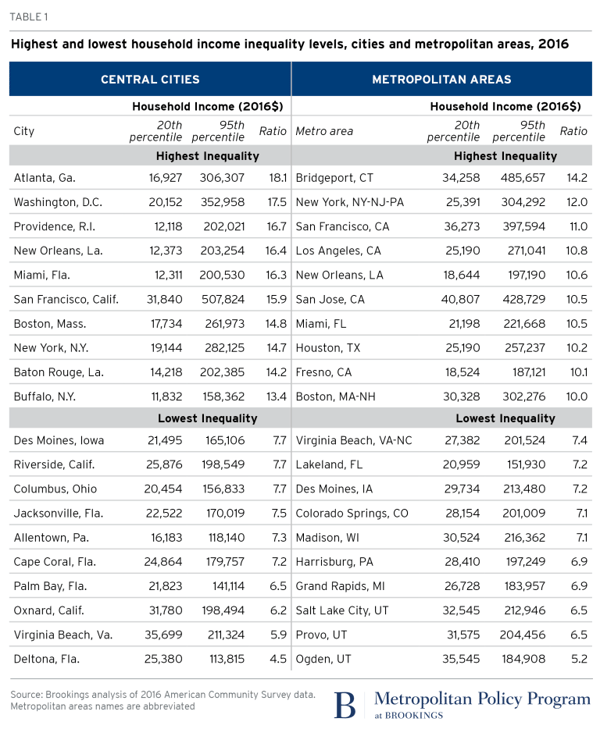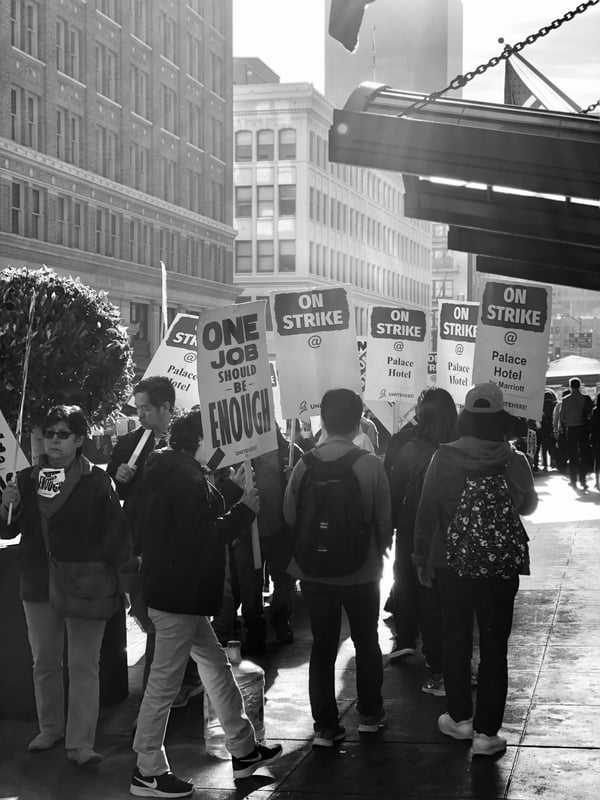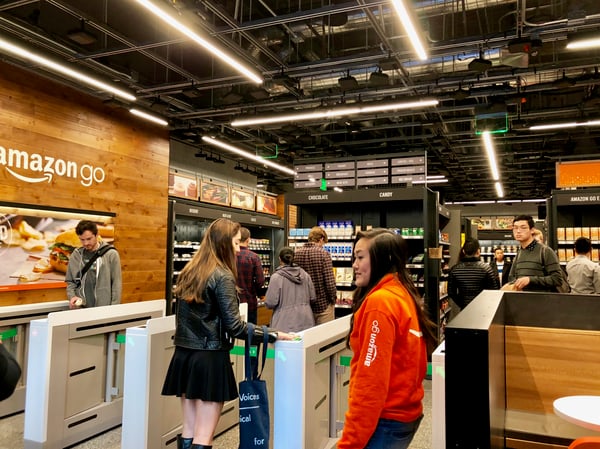In a Land of Automated Milk and Honey, Marketers Are Presented With an Opportunity
If I remember correctly, I was about 12 years old when I met my first robot.
At that time, robots were a novel concept rarely seen anywhere beyond a science fiction movie or TV show. This wasn't just any robot. It didn't sound like a series of beeps and boops, nor did it speak in monotone. It conversed with me like any human would, asking me about what I had for lunch and complimenting my earrings.
Little did I know that this somewhat primitive human-robot interaction would set into motion a series of events that would bring me back to California, time and time again, for many more interactions with machine-taught, artificially intelligent beings and gadgets.
It would also progress the age-old debate that comes with advancements in technology: At what point does the benefit of technological advancement become mitigated by humans having their jobs replaced by machines?
After spending a few days in San Francisco engaging with an array of automated concepts -- markets, coffee shops, and restaurants -- here's some of what I learned.
A Land of Automated Milk and Honey
A Birds-Eye View of Income in San Francisco
According to a study conducted by the Brookings Institute, San Francisco has the sixth-highest household income inequality in the U.S., with some of the wealthiest households earning over 15X as much as some of the lowest-income ones.

Source: Brookings Institute
The tech sector -- which is highly concentrated in San Francisco and the surrounding Silicon Valley area -- is often blamed for this income disparity. It's said by some to generate wealth for those who reach some of the higher ranks of these companies, to “prodigious” heights that create a rapidly growing moat between tech's high earners and, well, everyone else.
"Prodigious" is a word used by Russell Hancock, president of nonprofit Joint Venture Silicon Valley, in a 2014 interview with MIT Technology Review. “But when we used to have booms in the tech sector, it would lift all boats," he added at the time. "That’s not how it works anymore. And suddenly you’re seeing a backlash and people are upset.”

A worker strike in San Francisco
An Increasingly Cashierless World
The growth of the tech industry leaves some wondering if it advancements bleed into the aforementioned disparity. Last week, for instance, I wrote about the experience of visiting an Amazon Go store in San Francisco: the fifth location opening of the ecommerce giant's famously cashierless stores.
And while the experience was one that I might describe as "neat," it got me wondering about the repercussions of an increasingly cashierless society.

The latest Amazon Go store in San Francisco, California
The Amazon Go store is far from the only cashierless retail experience in San Francisco. In the span of only a few days, I visited not only this particular store, but also, a cashierless restaurant and a self-described robotic coffee bar.
Consider that the role of cashier is filled by 3.5 million Americans. In an increasingly automated world, what becomes of them -- and what should we do now to prepare for it?
Comments
Post a Comment